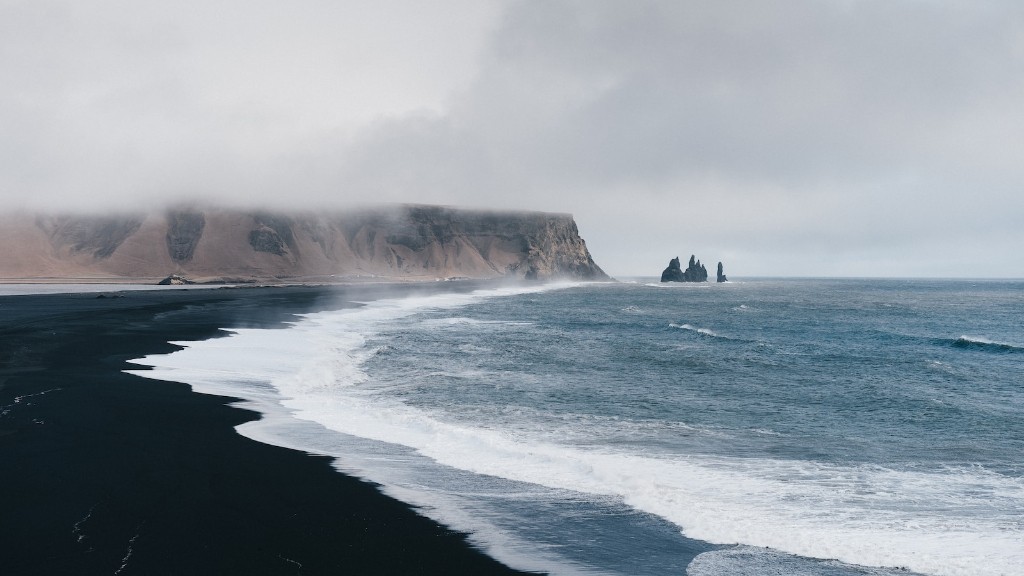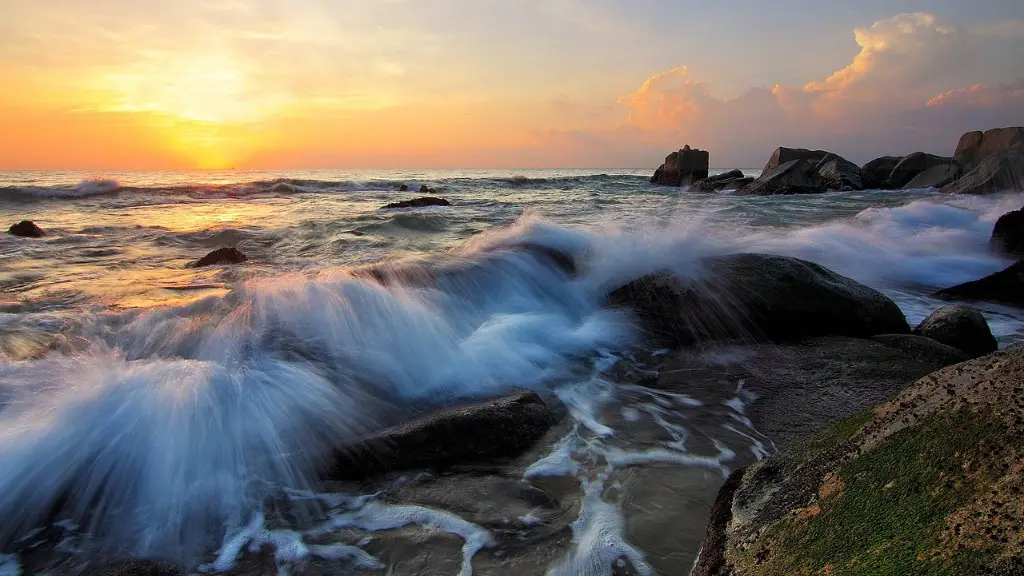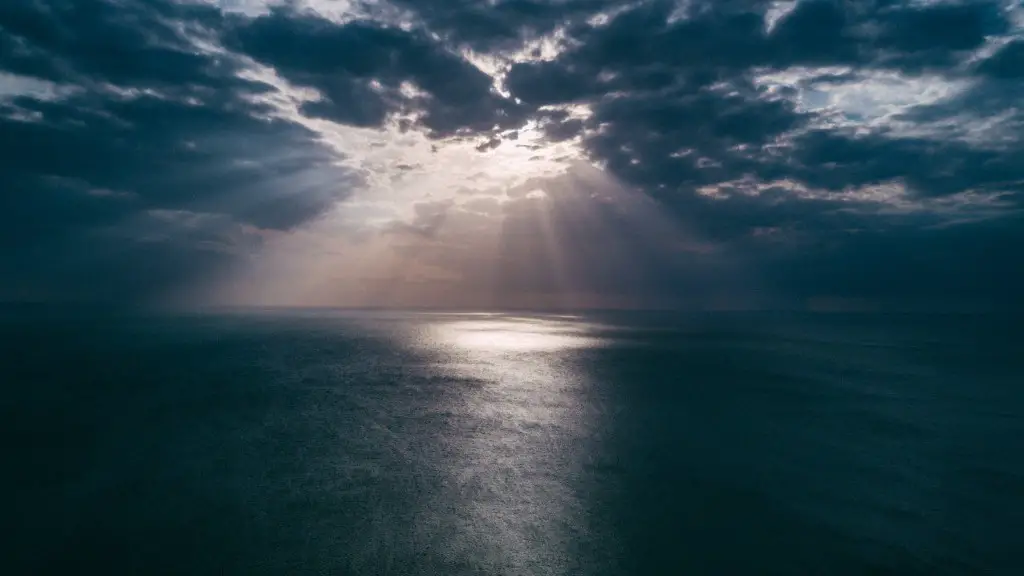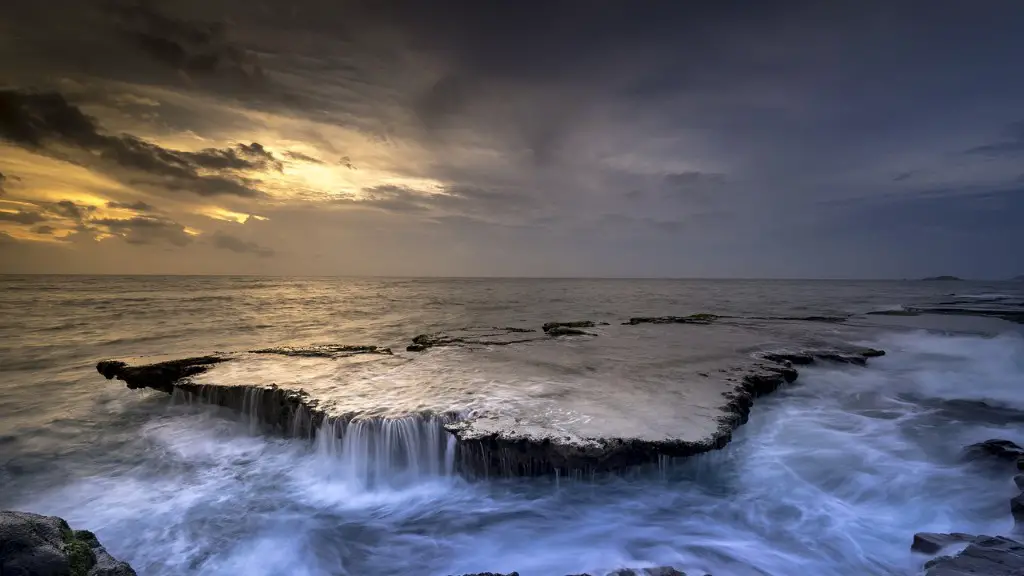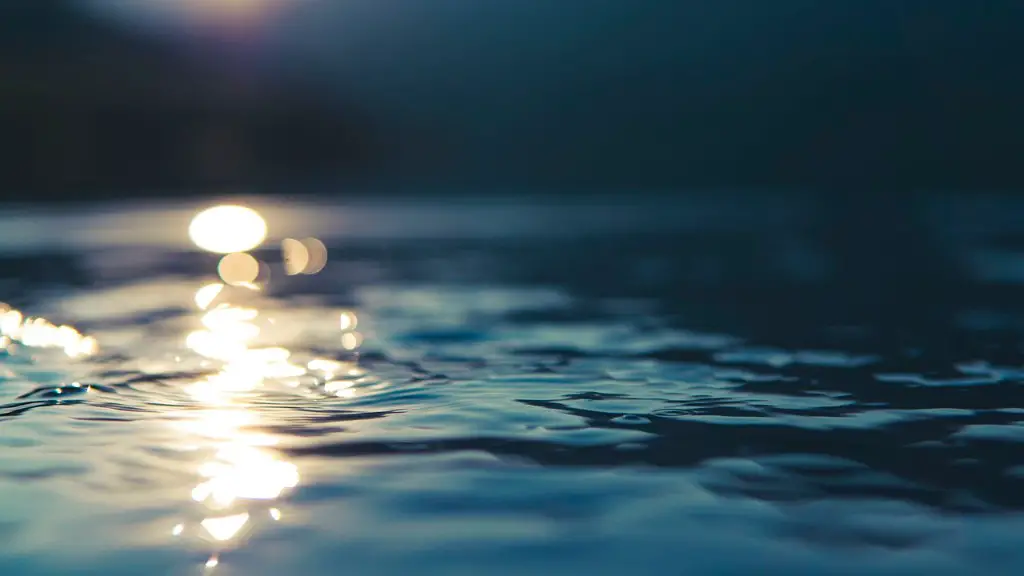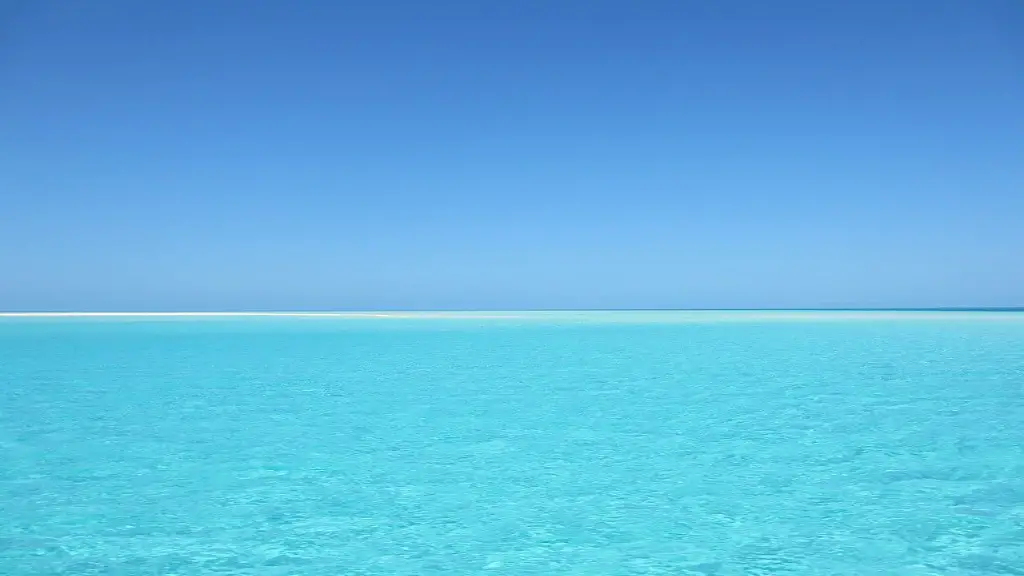The Black Sea is connected to the Sea of Marmara by the Bosporus Strait, and the Sea of Marmara is connected to the Aegean Sea by the Dardanelles Strait. These two straits are sometimes collectively called the Turkish Straits. The Black Sea is also connected to the Sea of Azov by the Kerch Strait.
According to The Maritime Executive, the Black Sea is connected to the Caspian Sea by the Volga-Don Canal. This canal is navigable by ships that are up to 156 feet long and 31 feet wide.
How do ships get in and out of the Caspian Sea?
The Caspian Sea is a closed sea, but it is connected to the Sea of Azov by a series of canals and the Volga and Don rivers. This allows Russia to move ships in and out of the Caspian Sea.
The Black Sea is a critical body of water for Russia, as it is the only way in and out for their ships and submarines. Russia regularly sends its forces into the sea, either to surge forces there or to send its Black Sea Fleet into the Mediterranean Sea for local operations. This makes the Black Sea a very important strategic location for Russia, and one that they are likely to continue to invest in and protect.
Can ships reach the Caspian Sea
The Caspian Sea is a closed body of water, but there are several canals and the Volga and Don rivers that link it to the Azov Sea. This allows ships to move in and out of the sea.
The Caspian Sea is a unique body of water that has many characteristics that make it difficult to identify. It is an inland sea that is only accessible through Russia’s Volga River and the canals connecting it to the Black Sea, the Baltic Sea and the Sea of Azov. Its waters are saltier in the south than in the north, and it has many unique features that make it a difficult place to classify.
What is the connection between the Black and Caspian Seas?
The Eurasia Canal is a proposed canal that would connect the Caspian Sea to the Black Sea. The canal would be 700 kilometers long and would follow the Kuma-Manych Depression. Currently, there are a chain of lakes and reservoirs and the shallow Kuma-Manych Canal along this route. The Eurasia Canal would be a major engineering project and would have a significant impact on the region.
The closure of the Turkish Straits would have a significant impact on global maritime trade. The Straits are a vital shipping route connecting the Black Sea to the Mediterranean Sea, and they are used by many commercial vessels carrying cargo between Europe and Asia. If the Straits were to be closed, it would force ships to take a longer and more expensive route around the Cape of Good Hope, which would add significant costs to global trade.
Why is there no oxygen in the Black Sea?
The permanent stratification in the ocean linked to salinity, and the resulting halocline, can deprive deep waters of oxygen. This can lead to a lack of development of the marine food chain below the boundary where there is no oxygen. This can have serious implications for the health of the ocean and the creatures that depend on it.
The Black Sea is a landlocked sea, except for its connection to the Mediterranean through the Bosphorus. This connection is very slender, with a shore-to-shore width of only 725 m at the choke point, and a midchannel depth of only 40 m.
Why does Russia have warships in the Caspian Sea
The Caspian flotilla is one of the oldest fleets in the Russian Navy, having been established by Peter the Great in the 18th century. It is responsible for securing Russia’s southern borders and has been a key part of the country’s defense for the last 300 years.
The Caspian Sea is the world’s largest inland body of water, and is fed by 130 rivers, the most significant of which is the Volga. In spite of the influx of freshwater from these rivers, the sea remains salty, especially at its southern end. This saltiness is due to the evaporation of water from the surface of the sea, which leaves behind the salt that was dissolved in the water.
Is the Caspian Sea completely landlocked?
The Caspian is important because it has a lot of energy resources. These resources are vital to both Europe and Asia, and the five countries that border the Caspian all have a vested interest in these resources. The Caspian is therefore a strategic location, and any developments in the region are closely watched by the international community.
The Caspian Sea is unique in that its water is not fresh, but brackish. This is because each liter of Caspian water contains 10-13 grams of salt, making it unsuitable for drinking or irrigation.
Why is the Caspian Sea a sea and not a lake
The Caspian Sea is a large body of water that has been traditionally considered a sea because of its size and saline water. However, it also possesses many characteristics of lakes, which has led some scholars to refer to it as a lake. The Caspian Sea is home to a diverse range of aquatic life and provides an important habitat for many animals. It is also an important source of oil and gas.
The Caspian Sea is the world’s largest inland sea. It is called a sea and not a lake because when the Ancient Romans arrived there, they discovered that the water was salty (about a third as salty as regular seawater). They named the sea after the Caspian tribe that lived there.
Who owns Caspian Sea?
The Caspian Sea is the largest inland body of water in the world by area and accounts for 40 to 44% of the total lacustrine waters of the world. It covers an area larger than Germany and its coastlines are shared by Azerbaijan, Iran, Kazakhstan, Russia, and Turkmenistan. The sea has a surface area of around 371,000 square kilometers and a maximum depth of around 1025 meters. It is home to a diverse range of plant and animal life and is an important source of food and income for the people living in the region.
The Mediterranean-Caspian Basin is home to some of the deadliest wildlife on earth. From sharks and whales to flying fish, this region is teeming with dangerous animals. While these creatures may be fascinating to some, it is important to remember that they can be deadly. If you encounter any of these animals in the wild, it is best to keep your distance and admire them from afar.
Who has access to Caspian Sea
The Caspian Sea is bordered by five countries: Kazakhstan, Turkmenistan, Iran, Azerbaijan, and Russia. The Caspian Sea is the largest enclosed inland body of water in the world, covering an area of 143,000 square miles. The Caspian Sea is home to more than 100 different species of fish, making it a major source of food for the people who live along its shores.
In recent days, US and Dutch fighter jets have been conducting air operations in the Black Sea region. This is seen as a show of force against Russia, whose planes have been active in the area in recent months. The US and Dutch jets are likely to remain in the region for some time, so as to deter any further Russian aggression.
Final Words
In order to get from the Black Sea to the Caspian Sea, ships have to go through the Kerch Strait.
There are two ways for ships to get from the Black Sea to the Caspian Sea. The first way is through the Bosporus Strait and the Dardanelles Strait. These two straits connect the Black Sea to the Mediterranean Sea. From there, ships can travel through the Suez Canal, which connects the Mediterranean Sea to the Red Sea. From the Red Sea, ships can travel through the Gulf of Aden and then through the Arabian Sea, which connects to the Persian Gulf. From the Persian Gulf, ships can travel through the Strait of Hormuz, which connects to the Gulf of Oman. From the Gulf of Oman, ships can finally reach the Caspian Sea. The second way for ships to get from the Black Sea to the Caspian Sea is by travelling around the Caucasus Mountains. This route is much longer and more difficult, but it is possible during the summer months when the snow has melted enough to allow passage.
